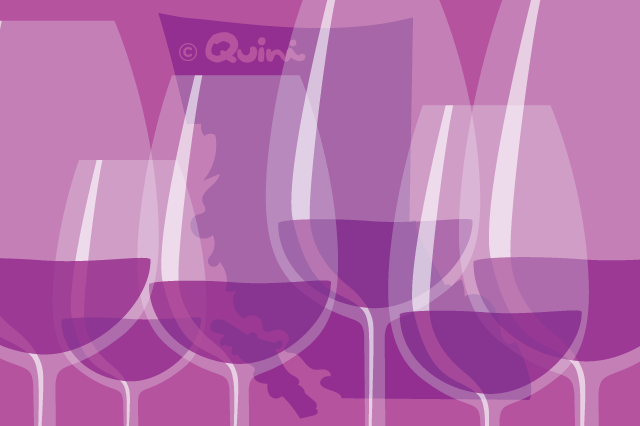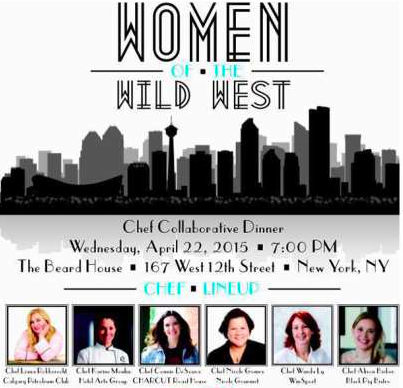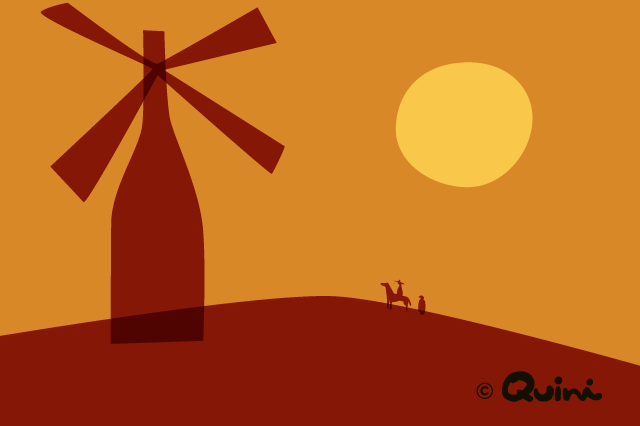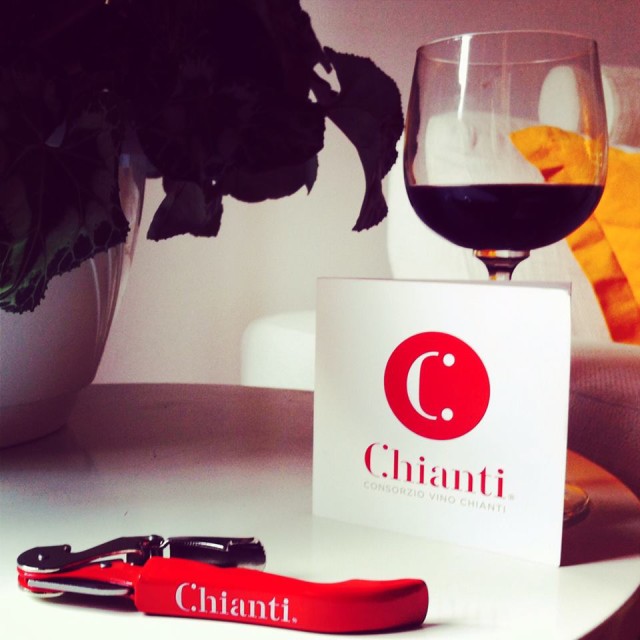
If you’ve tasted lots of wine, from lots of places over a long period of time with a critical eye and palate, you get pretty confident in your ability to figure wines out. You can identify what you are tasting and if you are familiar with the winemaking process, you can often figure out how it got made, and maybe where it is from as well. But nothing puts that to the test like being on a tasting panel at a special event, which forces you to take your focus up a notch or two, as well as seeing how your palate compares to other acknowledged experts.
As the culmination of a week long familiarization tour of British Columbia wine regions, hosted by Wines of BC , I was one of the tasters attending the Vancouver “Judgment of BC” at the Fairmont Pacific Rim Hotel, Vancouver, on August 26, 2015. This event was curated by Vancouverite DJ Kearny, with 16 judges including Steven Spurrier, currently the Consulting Editor for Decanter Magazine, whose Judgment of Paris is well known and really put Napa on the world wine map back in 1976.
The format was simple: First, 12 Chardonnay wines consisting of 6 from the Okanagan (BC’s premiere region) and 6 of similar price points that were accepted benchmarks of quality from other parts of the world were presented blind and in random order. Each was to be tasted and rated however we were accustomed, then we were to list the wines on our score sheets in order of preference from one (best) to twelve. We were also asked to try to identify the wines as to origin, either BC or international. Then, a repeat in the same format for Syrah (Shiraz, if you prefer) for another 12 wines. The pace was not for dawdling, about 25 minutes for each flight, and you could hear a pin drop in the room if not for the occasional clink of glassware. All the wines were good to excellent; it was the hierarchy that was being asked for.
In my opinion there were actually two steps in doing ratings. First, you have to be able to identify the technical qualities, style, flavours and balance. That is where lots of tasting, using an accustomed routine or system really helps. Then, you ask if that package is appealing or meets some standard paradigm. But whose? That is where subjective values come into play. Do you rate the wines based on typicity keyed to an international, regional or varietal benchmark, or judge deliciousness, complexity, balance and generosity of flavor for your individual palate?
Is the wine “good” by a new world or old world standard? At this moment in time am I desiring an opulent (fruit driven/fruit “bomb” as new world detractors call them) or lean wine (“food friendly,” more nuanced in old world parlance)? Both have their place and to rate one better or worse is wrong to do, solely on the style. As admitted by Spurrier, if the same wines were judged on a different day by the same people, the results would most likely be different. Whereas the technical qualities, like new oak, fruit or tannins can be identified and often agreed on, the level of balance, integration and beauty that a wine might have is partly subjective, unless there is an accepted benchmark. But taste in wine, like art, can be very personal, and can even ebb and flow, depending on mood.
All that being said, all we can do is give it our best shot. Below are the pouring orders and prices for both the Chardonnay and Syrah wines, along with my order of preference and where I thought the wine was from on the left, with the panel summary on the right. After looking at the results, some things jive and others do not, which only reinforces my opening remarks, which really are the conclusion after my own analysis.
Chardonnay BC Judgment Results
In Chardonnay for example, my #12 and #11 were the panels’ #11 and # 10, respectively. My #3 was their # 1, so you would think there was a good consensus, but you would be wrong, because my #1 was the panel’s #12…. go figure. Maybe the Haywire Canyonview just hit me “right” and the others “wrong” on that day. I’m sure they tasted the same things as I did, but judged the package as lacking, while I thought it was superlative. My tasting notes for this wine from the tasting sheet:
“Very complex fruit, then lemon/acidity on front end; long and evolving finish, softer and more complex than wine #4 (which I rated as third, but was the overall winner)? Malolactic fermentation; honey and lemon on the end palate”.
Similar comparisons can be made with the Syrah, where there were many commonalities in ratings, but also outliers, which make me scratch my head. If anyone would like to see all my tasting notes, drop me a line and I’ll send them along. Remember that we are our own best judges for our own palates, but that can change over time. My 95 could be your 70, or vice-versa, even if we identify the same attributes when we taste the same wine. Be open to that and taste as much as you can with a routine that will make you more adept over the long haul. Most importantly, drink what you like but always try new things, because your next favorite might be just around the corner.
Cheers!






